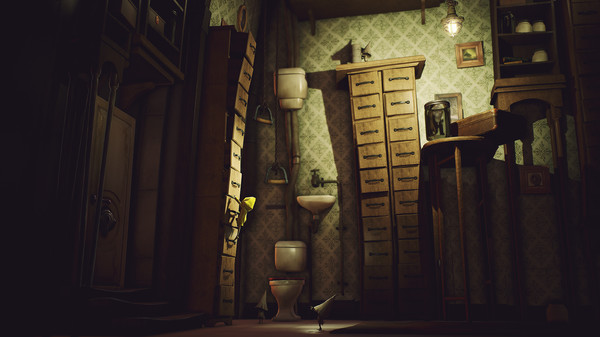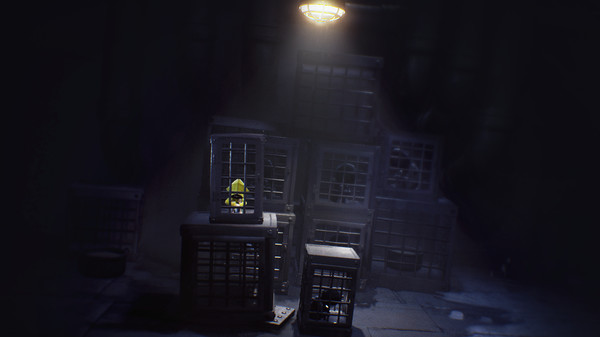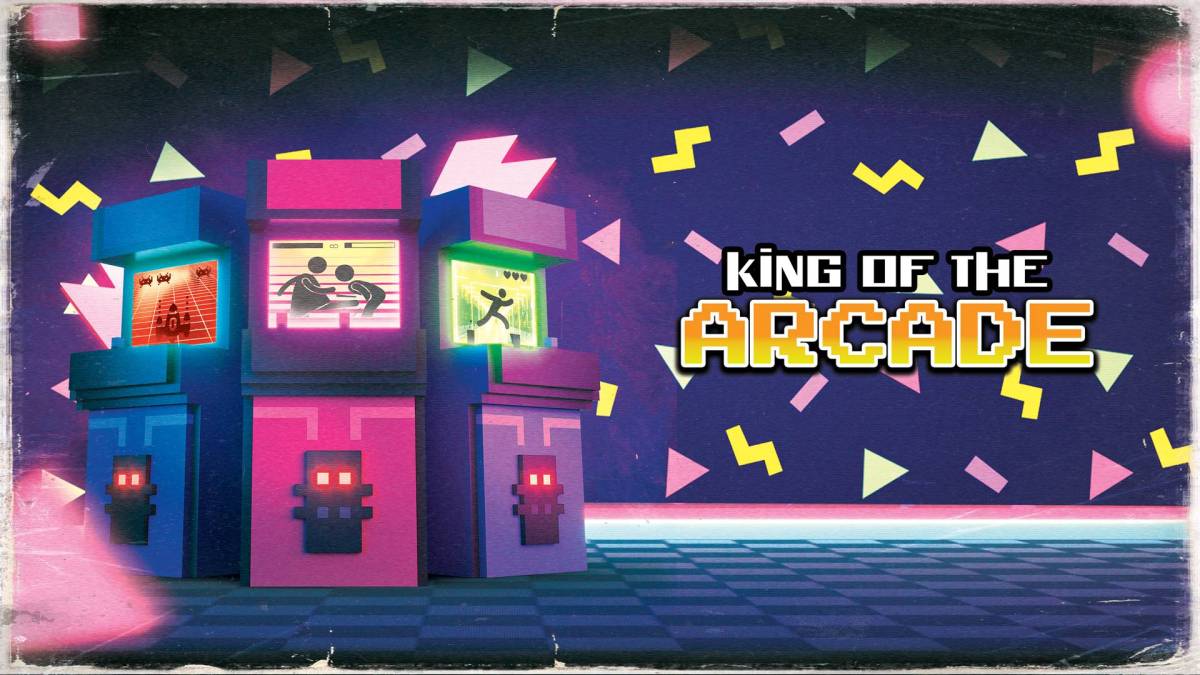
Platforms: PlayStation 4 (reviewed), Xbox One, Steam
As Little Nightmares begins, you wake up in a cold, wet room as a young child with nothing more than a yellow rain coat, a lighter, and your wits. Outside of that, you know very little about what is going on and that’s one thing I loved about this experience. It felt like almost all aspects of the story were open for interpretation (unless you go looking for answers from outside sources). There’s zero dialog and you won’t find any “journal entries” lying around. What you see is what you get and trying to figure out exactly what has happened to this child is thought provoking and sometimes tragic as there were more than a few genuinely shocking and disturbing moments.
It does quickly become apparent that your goal is to escape this hellscape you’ve woken up in and to do so will involve a lot of puzzle solving and platforming. Thankfully, Little Nightmares has both intuitive controls and level design. Using buttons specifically for crouching, sprinting, and grabbing things all become second nature and add a more nuanced control scheme to what would otherwise be a standard platformer. These slight tweaks to the formula also help ratchet up the tension as you’ll have to remember to implement more than just a simple jump in most cases. Some puzzles took a bit of thought to get through, but I was never hindered by bad level design that left me confused on where to go, as is the case with many games of the genre. It was always obvious where I needed to be, it was figuring out how to get there in the most efficient way that posed the challenge.
In a game like this, there is bound to be some trial and error because death comes swiftly as all your foes greatly out power you. You’ll need to focus on a more stealthy approach and learn the patterns of enemies while devising the perfect route for getting past them. The trial and error I don’t mind so much, but where Little Nightmares stumbles a bit in its gameplay is with being able to properly execute the plan once you’ve figured out the puzzle.
Most of this frustration comes down to awkward controls that are tough to master in situations that requires quick and accurate movement. While the controls all feel right in the way they are implemented on the controller, they aren’t as responsive as they could be. The fixed camera angle didn’t help matters either as depth perception was a problem at times. Grabbing ledges and making certain jumps felt nearly impossible at times and led to replaying a number of sections more than few times after figuring out what had to be done. One saving grace to this problem is that the checkpoints are very generous, so you’re never forced to play through any overly extensive sections.
Little Nightmares’ art direction is dark, grimy, and disturbing. It feels like something that could have come straight out of a Tim Burton film and it’s absolutely beautiful. Character models are grotesque, environments become macabre backdrops, and animations somehow manage to be both disturbing and graceful. I was also very surprised by the overall scale as well. You truly feel like a small child in a world filled with overgrown monsters and there were some stunning set pieces, something that I never expected to see in a game like this, that really drove this point home. During the couple of days I spent playing, I would continue to think about all that I had seen long after I’d put the controller down and even had dreams about this creepy world more than once.
As great as Little Nightmares’ look is, I actually think its sound design is even better. The sound effects and ambient noise are on point. Creaky floorboards, squeaky door hinges, the sound of breaking a glass vase, tormented screams in the distance, machinery of an unknown purpose screeching, it all sounds amazing and adds to the tension. The music is nearly perfect, being subtle but still effective, adding just enough to the experience, sounding at time sort of like spooky lullabies (also right at home in a Tim Burton film), driving home the creep factor. There are even some great tunes that play during the credits that are worth giving a listen to. This is one I’d definitely recommend wearing headphones for if you decide to play it.
Little Nightmares isn’t a long game by any means. There’s actually a trophy that you can obtain that requires you to finish it in under an hour. Even if you’re not speedrunning, you’re not likely to get more than three or four hours out of your first playthrough and I can’t imagine most people will find much reason to go back through for second run. The length honestly feels just fine for a game of this nature, but if you make your purchase decisions based on how much time you’ll get with game, it’s something to keep in mind.
Little Nightmares is a game that does so many things nearly perfectly, with the exception of some mildly frustrating control issues. Between its art and sound design, intuitive puzzles and levels, and a handful of disturbing moments, it’s a genuinely creepy experience that I won‘t soon forget. All of that builds to an amazing end sequence that is rare to find in most media nowadays. Little Nightmares may not be a game for everyone, but it’s one I wholeheartedly recommend giving a chance.






